How Solar Works
Solar power has never been more popular… but not everyone is clued in to how it works. After all, how can a gargantuan ball of gas and plasma 93,000,000 miles away power your garage door or your TV remote?

It might sound complex, but recent developments in solar technology have
made it as simple as a 4-step process:
1
Your Solar Panels Capture Energy From Sunlight
The capturable energy in sunlight is called a photon. Solar panel modules are mostly made of photovoltaic (PV) cells. These PV cells in turn are made of a semi-conductive material, usually silicon. When sunlight hits them, the sun’s photons trigger “sleeping” electrons inside the silicon. These electrons ‘wake up’ and start escaping the silicon in the form of direct current (DC) electricity. (We call this the photovoltaic effect)
2
The Electricity’s Energy Type Is Changed
Your home can’t use DC electricity to power itself. So the electricity is funneled into a device called an inverter, which converts it to alternating current (AC) energy. This is done by switching the direction the electricity is traveling back and forth at super-high speeds
3
The Electricity’s Energy Type Is Changed
This “fresh-squeezed” AC energy is then run through your net meter before entering your household. At this point it’s freely available for you to use – no extra work on your end needed.
4
What Happens to Your Extra Energy
When your solar system produces more energy than you need, none of it goes to waste. If you’re still hooked up to the electrical grid, that extra energy is sent through the grid for your city to use as they please – which they will happily pay you for! If your system isn’t producing enough energy on its own, you’ll be able to “rent” energy from the grid using credits you’ve built up from your excess energy. And if you’ve made the decision to go off-grid, you can use solar batteries to store your extra energy for a rainy day (no pun intended).
See how much you can save by going solar with us.
Are you the homeowner?
Increase the value of your home
I consent to receive messages Message and data rates may apply. Message frequency may vary.. Text STOP to opt out and HELP for help. By clicking the “Send” button, I consent to being contacted at the number I provided, you agree to our privacy policy & terms and condition.
